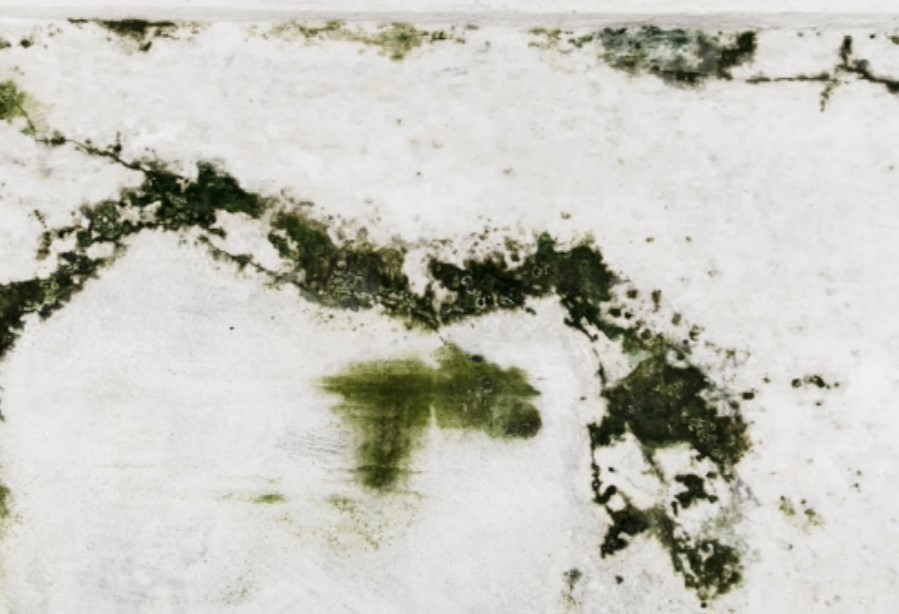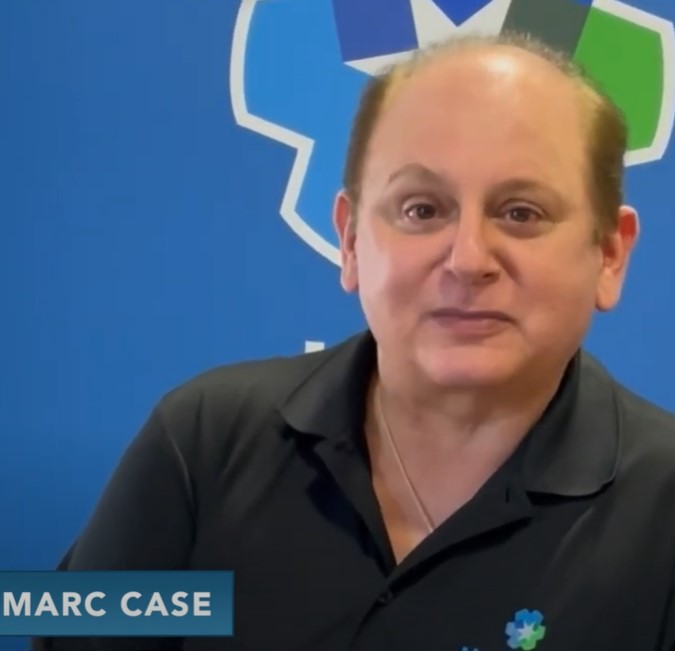
Health Risks and Ineffectiveness of Painting Over Moldy Surfaces
Concealment of a Bigger Issue
Painting over moldy surfaces might seem like a quick fix, but it doesn’t address the root cause. Mold thrives in damp environments due to moisture buildup. Painting over moldy surfaces merely covers up the visible signs without addressing the underlying moisture problem. By doing so, you’re concealing a potentially more significant issue that could worsen over time.
Continued Growth and Spread
Mold spores can penetrate through paint, allowing them to continue growing beneath the surface. Moisture trapped between the paint and the wall provides an ideal breeding ground for mold, leading to further spread and potential damage to the structure.
Health Hazards
Painting over mold doesn’t eliminate the health risks associated with mold exposure. Mold spores, even when encapsulated by paint, can still release toxins and allergens into the air. Continued exposure to these airborne particles can cause respiratory issues, allergic reactions, and other health problems, especially for individuals with existing respiratory conditions or allergies.
Encapsulating mold with caulk does not eradicate the health risks associated with mold exposure. Mold produces allergens, irritants, and sometimes toxic substances that can affect indoor air quality. Prolonged exposure to these airborne particles can cause respiratory issues, allergic reactions, and other health problems, especially for vulnerable individuals such as those with allergies, asthma, or weakened immune systems.
Structural Damage
Mold weakens surfaces it grows on, potentially causing structural damage over time. Painting over mold without addressing its root cause—moisture intrusion—could result in continued deterioration of the affected area, leading to costly repairs down the line.
Ineffective Mold Remediation Treatment
Paint does not have mold remediation properties. It cannot kill or remove mold; it merely covers it up temporarily. To effectively address mold, it’s crucial to eliminate the moisture source, remove the mold, and properly clean and treat the affected area using specialized mold remediation techniques and products.
Caulk doesn’t possess mold remediation properties; it merely seals surfaces. It lacks the ability to kill or remove mold. Proper mold remediation involves identifying and eliminating the moisture source, removing the mold, and properly treating the affected area using specialized mold remediation techniques and products.
Painting over moldy surfaces is a temporary and ineffective solution that does not address the core problem
To properly deal with mold issues, it’s essential to identify and eliminate the source of moisture, remove the mold entirely, and employ appropriate remediation methods. Seeking professional help from certified mold remediation experts ensures a comprehensive approach to tackling mold problems and prevents further health risks and structural damage.
Avoid Caulking Over Moldy Surfaces
Encapsulation without Elimination
Caulking over moldy surfaces, cracks, or seams might seem like a convenient way to seal and conceal the issue. However, it does not eliminate the mold problem; instead, it encapsulates the mold, allowing it to thrive beneath the caulk. This encapsulation method doesn’t address the root cause of mold growth—moisture—which continues to support mold development.
Trap and Spread Mold
Mold spores can easily penetrate through caulk or find their way behind it if moisture persists. Trapped moisture between the caulk and the surface provides an ideal breeding ground for mold. Moreover, mold can spread underneath the caulk, unseen, and may worsen the problem over time.
Mold requires elimination at its source—moisture—along with proper remediation techniques
Caulking and painting over mold doesn’t address the root cause, which is often moisture intrusion. Concealing the mold with caulk might create a false sense of security by covering the visible signs of mold growth without mitigating the underlying moisture problem. This can lead to a false sense of security, allowing the mold issue to worsen unnoticed.
According to the Environmental Protection Agency (EPA) and the Centers for Disease Control and Prevention (CDC), mold exposure indoors can lead to various health issues, including CIRS Chronic Inflammatory Response Syndrome, allergic reactions, asthma exacerbation, respiratory problems, and fungal infections.
The EPA emphasizes the importance of addressing the root cause of mold growth by controlling moisture levels and ensuring proper ventilation rather than simply covering up or encapsulating moldy surfaces.
Seeking professional help from certified mold remediation experts like MasterTech Environmental Jersey Shore is important for identifying mold with professional, local mold inspections and 24 hour mold testing services. Eradicating mold properly with licensed and guaranteed New Jersey mold removal services from MasterTech will safeguard indoor air quality, and help prevent health risks associated with mold exposure.

